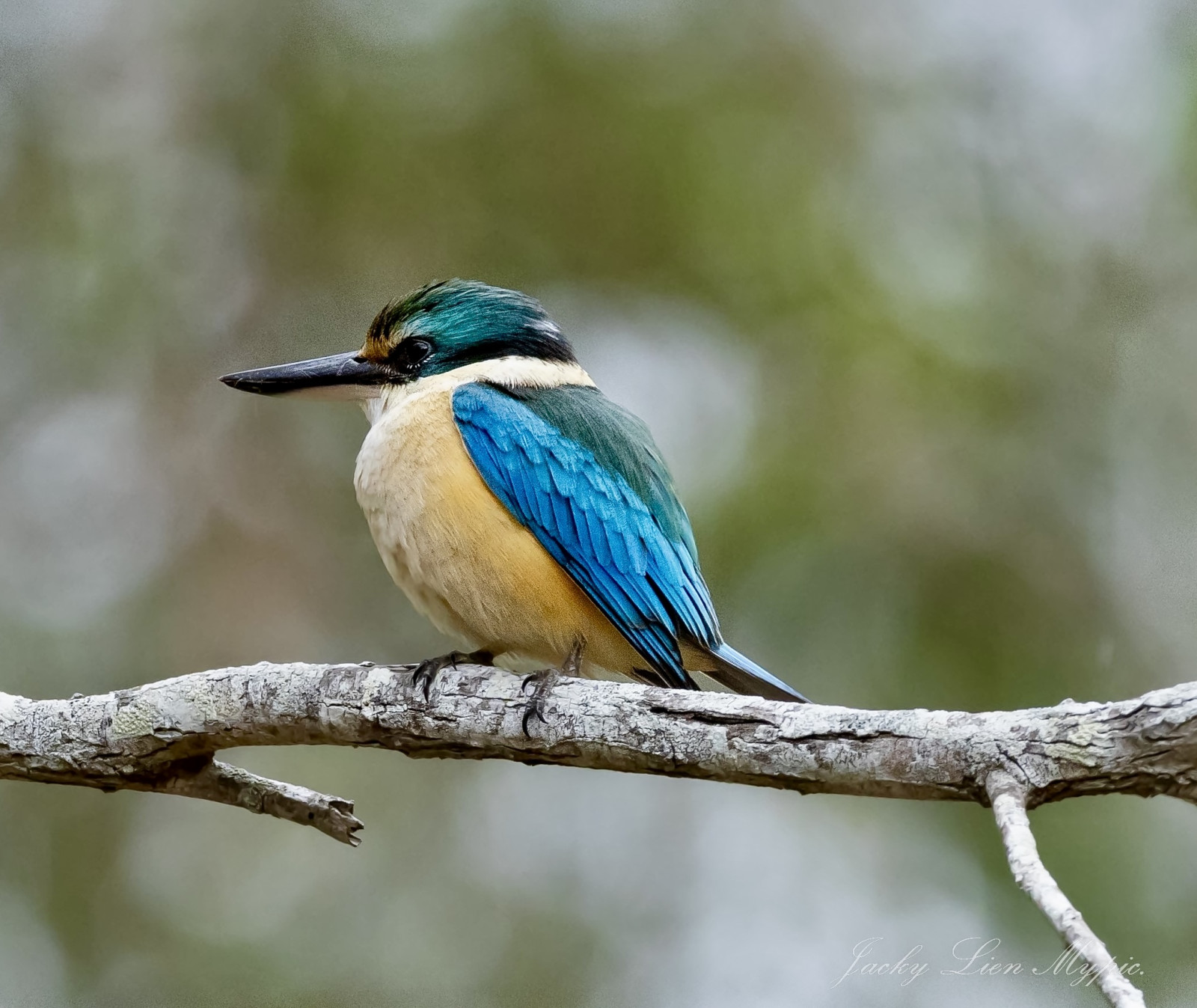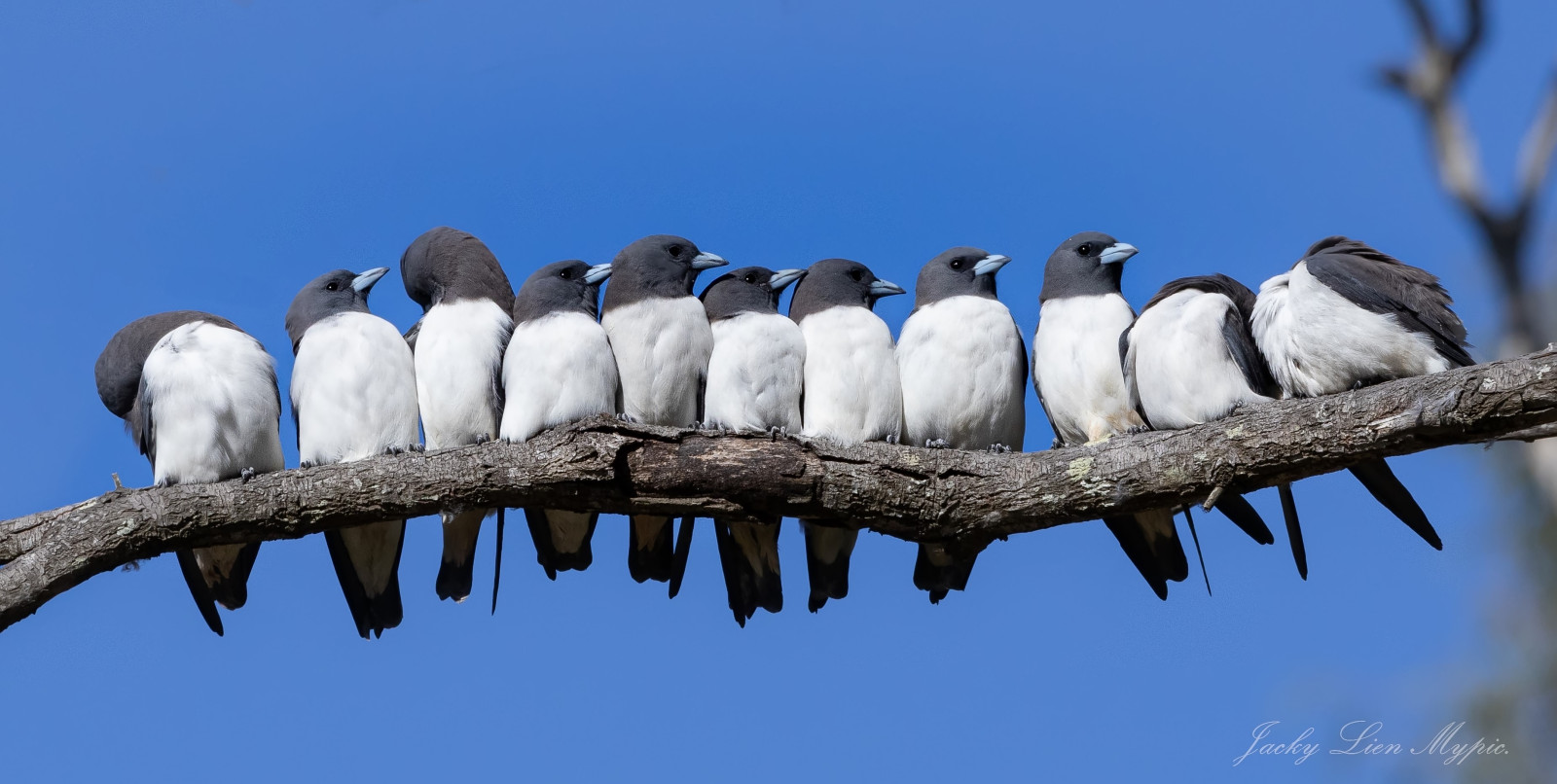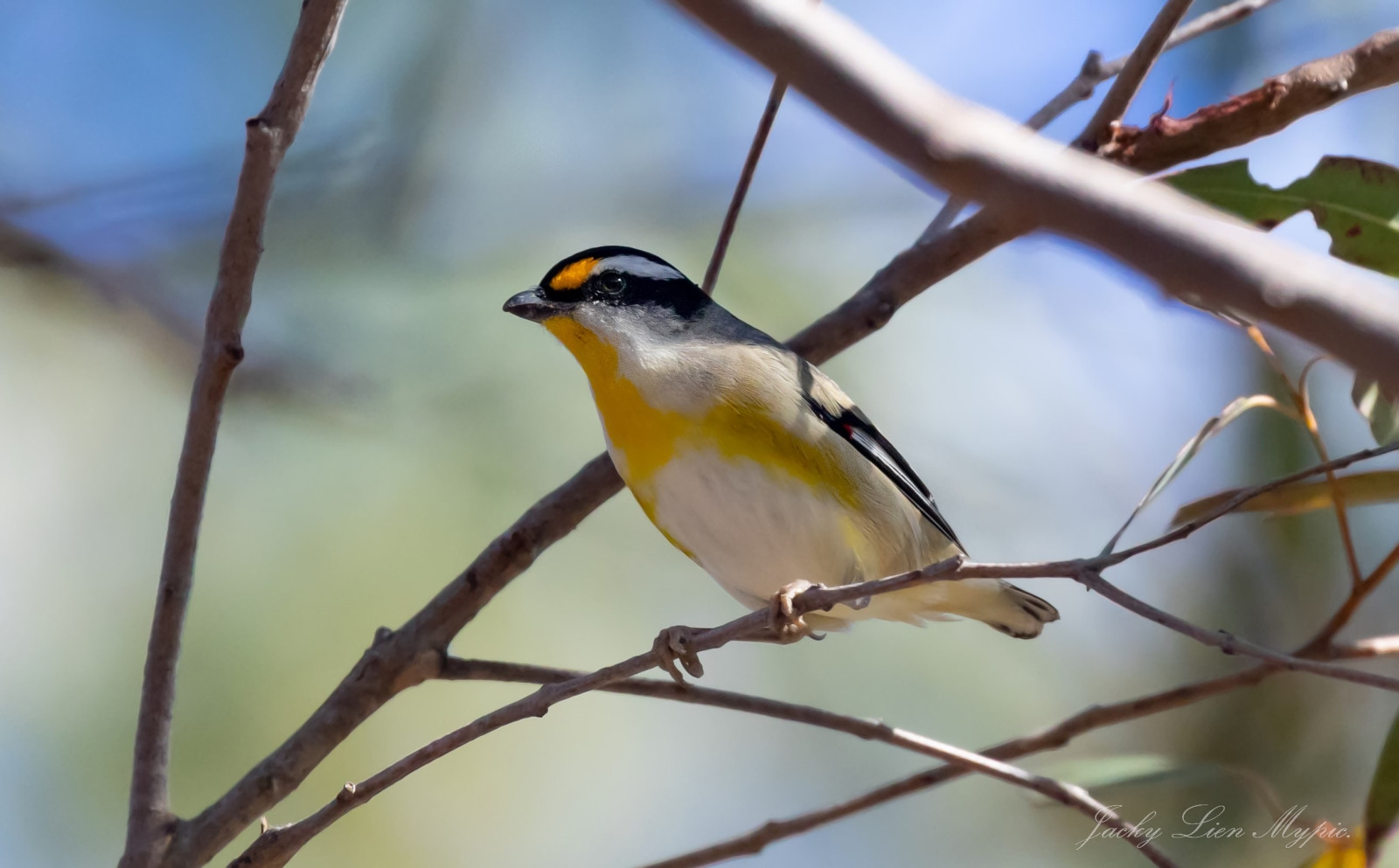Charger images
Les formats d'image autorisés sont de type jpeg, png ou gif
La taille maximale du fichier doit être de 20MB



Nice suburban wetland area east of Brisbane where water birds and bush birds are both in abundance.
Sandy Camp Wetland has ponds and lagoons. The various ponds hold a variety of water birds and bush birds. Good walking track in all weather condition. The Lily Pad Lagoon has an observation platform (oriented the wrong way for the early morning sun). Watch out for some of Australia's most poisonous snakes. Among the birds you can encounter are Magpie Goose, Pacific Black Duck, Dusky Moorhen, Australasian Swamphen, Comb-crested Jacana, Sacred Kingfisher, Rainbow Bee-eater, Leaden Flycatcher, White-breasted Woodswallow, Australian Reed Warbler, Olive-backed Oriole, Australian White Ibis, Royal Spoonbill, Chestnut-breasted Mannikin and Striated Pardalote.
Sandy Camp Wetland is located east of Brisbane and sandwiched between logistics warehouses, a railway line, a motorway and school grounds. Parking available n road parking. Click on the P in the map for directions or coordinates. From the parking you can explore the area and the different habitats on foot. Plenty of tracks. The total walking route indicated on the map is about 3 km. The area has great morning light for birding, (except the viewing platform). Birds are present most of the time.
Votre feedback sera transmis à l’auteur.rice de cette zone et à l’équipe éditoriale de Birdingplaces, qui l’utiliseront pour améliorer la qualité des informations. (Vous souhaitez publier un commentaire visible en bas de page ? Fermez cette fenêtre et choisissez l’Option 1 : « Publier un commentaire, un conseil ou une observation ».)
Veuillez fournir des suggestions d'améliorations ou d'ajouts au texte de ce site ornithologique.
Veuillez fournir vos suggestions d'améliorations ou d'ajouts à la carte.
Veuillez fournir des suggestions d'améliorations ou d'ajouts à la liste des oiseaux.
Cliquez sur l'icône de l'oiseau () Insérez les noms d'oiseau dans votre langue. Ils seront automatiquement traduits pour les autres usagers !